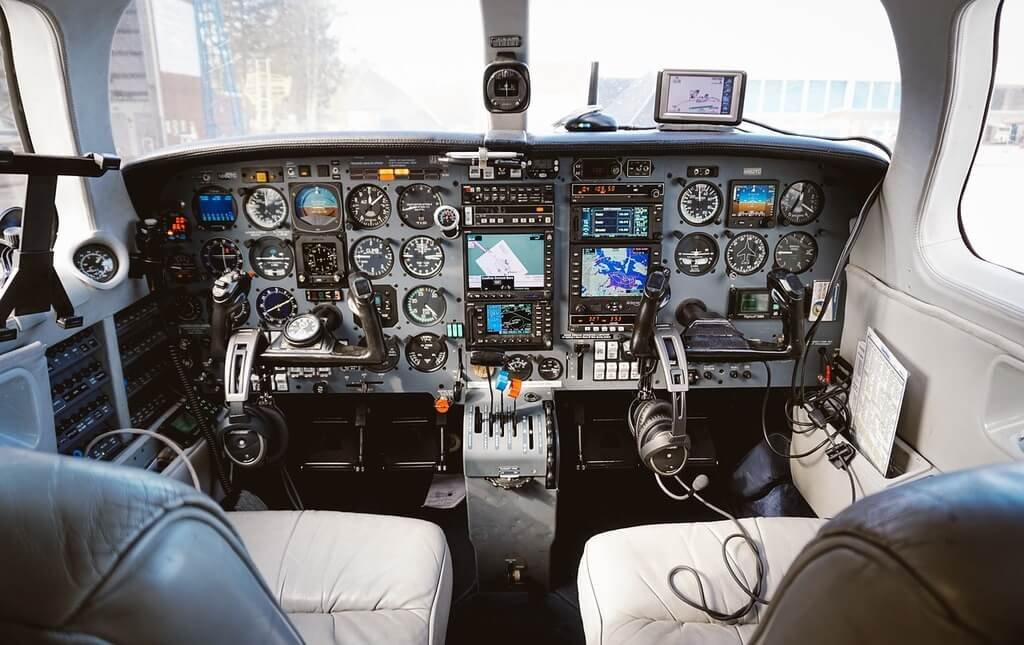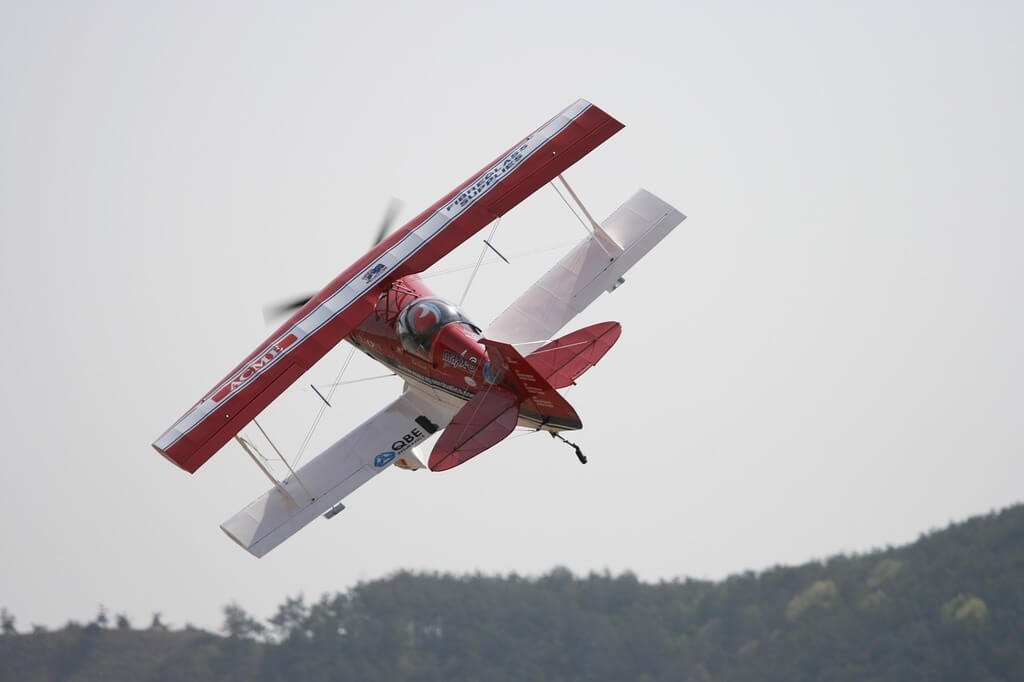In the vast tapestry of human innovation, few inventions have had as profound an impact on global connectivity and transportation as airplanes. These remarkable flying machines have revolutionized the way we travel, opening up new frontiers and shrinking the world. To truly appreciate the significance of airplanes, it’s essential to delve into their fascinating history and understand the key milestones that led to their invention.

The Pioneering Spirit
The aspiration for human flight traces back to ancient times, where myths and legends illustrate diverse endeavors to emulate the soaring abilities of birds. Nevertheless, the concrete pursuit of this age-old dream gained momentum in the late 19th century. It was during this period that the Wright brothers, Orville and Wilbur, earned recognition for accomplishing the inaugural powered, controlled, and sustained flight in a heavier-than-air apparatus.
The Wright Brothers And The Birth Of Airplanes
On December 17, 1903, in Kitty Hawk, North Carolina, the Wright brothers accomplished a feat that would change the course of history. Their aircraft, the Wright Flyer, made four brief flights, the longest lasting just 59 seconds, but it marked a monumental leap in human achievement. The invention of the airplane had officially become a reality.
The Wright brothers’ aircraft was a biplane with a wingspan of 40 feet, constructed with spruce wood and covered in muslin fabric. It was powered by a 12-horsepower engine designed and built by the brothers themselves. The pioneering flight covered a distance of approximately 120 feet, reaching an altitude of 10 feet. The significance of this achievement cannot be overstated—it laid the groundwork for the rapid development of aviation technology.
The Golden Age Of Aviation
Following the Wright brothers’ historic flight, the early 20th century witnessed a surge in aviation experimentation and innovation. Airplanes rapidly evolved from fragile, rudimentary machines to more sophisticated and reliable models. Aviation pioneers and inventors around the world contributed to this golden age of flight, pushing the boundaries of technology and design.
In 1909, French aviator Louis Blériot made headlines by successfully crossing the English Channel in a monoplane. This achievement showcased the practical potential of airplanes for long-distance travel, capturing the imagination of the public and inspiring further advancements in aviation technology.
World War I And The Rise Of Military Aviation
The outbreak of World War I in 1914 accelerated the development of airplanes for military use. The conflict saw the introduction of fighter planes, bombers, and reconnaissance aircraft, fundamentally transforming the nature of warfare. The rapid evolution of aviation technology during this period contributed to the post-war boom in commercial aviation.
Commercial Aviation Takes Flight
The end of World War I marked a turning point for aviation, transitioning from military to civilian applications. The surplus of military aircraft, along with the skills acquired by wartime pilots, fueled the growth of commercial aviation. The 1920s witnessed the establishment of the first commercial airlines, offering passenger services that revolutionized long-distance travel.
In 1927, Charles Lindbergh’s revolutionary solo flight across the Atlantic not only ignited widespread imagination but also shed light on the vast potential of transcontinental air travel. Guiding the meticulously designed “Spirit of St. Louis,” a customized monoplane, Lindbergh successfully traversed the challenging route from New York to Paris in a mere 33.5 hours. This outstanding accomplishment not only catapulted Lindbergh to international heroism but also exemplified the profound ability of airplanes to connect distant regions.
Technological Advancements And The Jet Age
During the mid-20th century, aviation experienced noteworthy technological progress, marked by the advent of jet engines that brought about a revolution in air travel. The implementation of jet propulsion enabled airplanes to achieve unprecedented speed, altitude, and efficiency. The inaugural service of the de Havilland Comet in 1952, hailed as the world’s first commercial jet airliner, marked the onset of the Jet Age.
The proliferation of jet travel transformed the airline industry, making air travel more accessible to the general public. Airplanes became larger, more comfortable, and capable of crossing oceans in a matter of hours, shrinking the world and facilitating global communication and commerce.

Modern Innovations And Challenges
As we entered the 21st century, airplane technology continued to advance, with a focus on fuel efficiency, environmental sustainability, and safety. The development of composite materials, more efficient engines, and cutting-edge avionics systems has propelled the aviation industry into a new era.
However, with progress comes challenges. The environmental impact of air travel concerns about carbon emissions, and the need for sustainable aviation solutions have become pressing issues. The industry is actively exploring alternative fuels, electric propulsion, and other innovations to address these challenges and ensure the continued growth of air travel without compromising the planet’s well-being.
Final Thoughts
The invention of airplanes by the Wright brothers in 1903 marked a pivotal moment in human history, opening up the skies and connecting people across the globe. From the fragile biplanes of the early 20th century to the sleek and powerful jets of today, airplanes have come a long way, shaping the world we live in.
The journey from the Wright Flyer to the modern marvels of aviation represents a testament to human ingenuity, determination, and the relentless pursuit of progress. As we continue to soar into the future, airplanes will undoubtedly play a central role in shaping the way we explore, connect, and experience the world. The legacy of the Wright brothers lives on in the contrails of every airplane, reminding us of the boundless possibilities that take flight with each departure from the runway.
Also Read: When Was The Telephone Invented?
